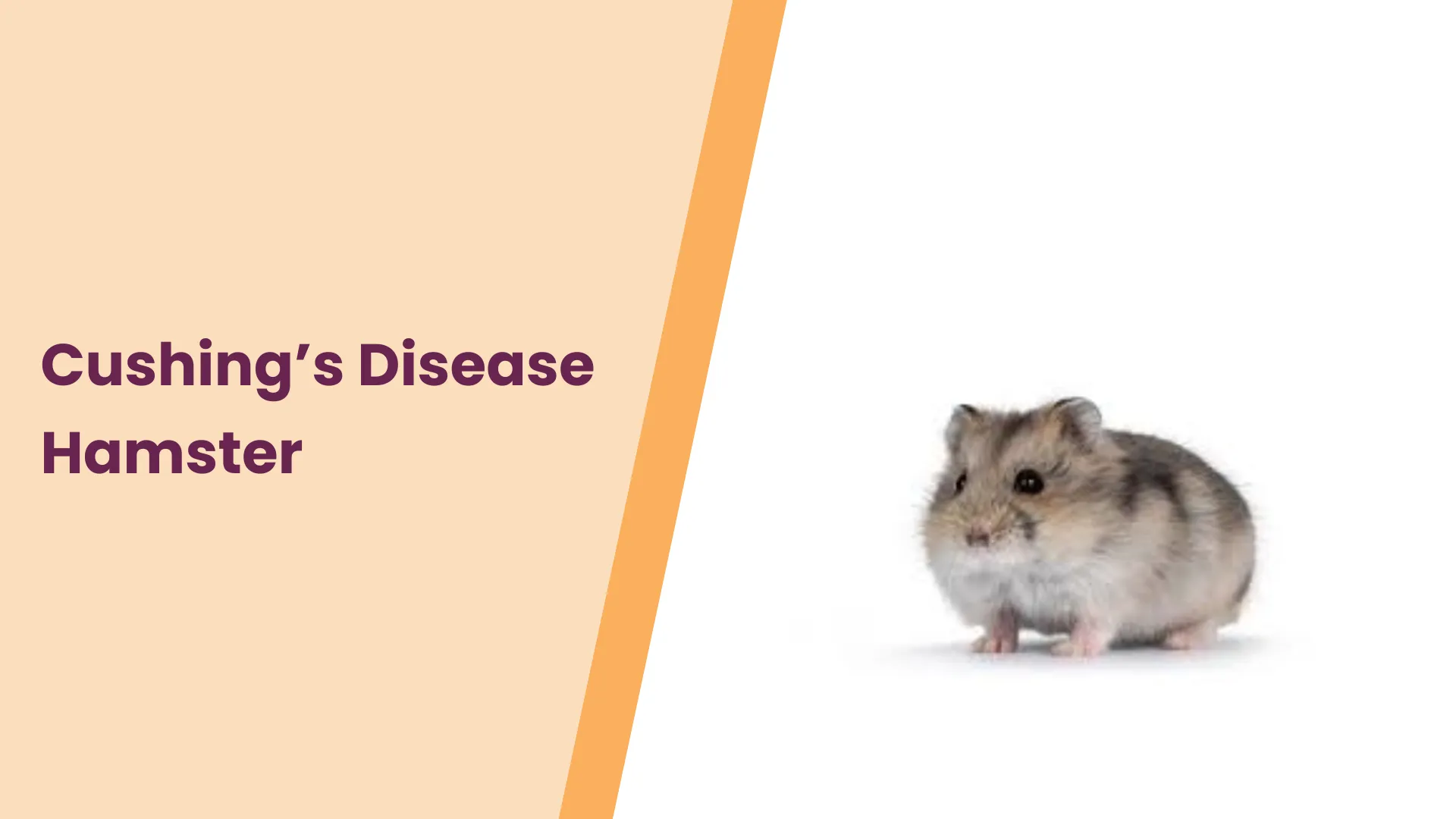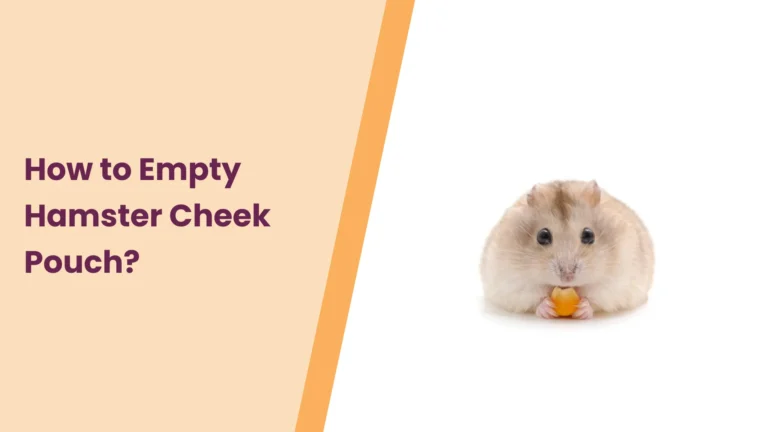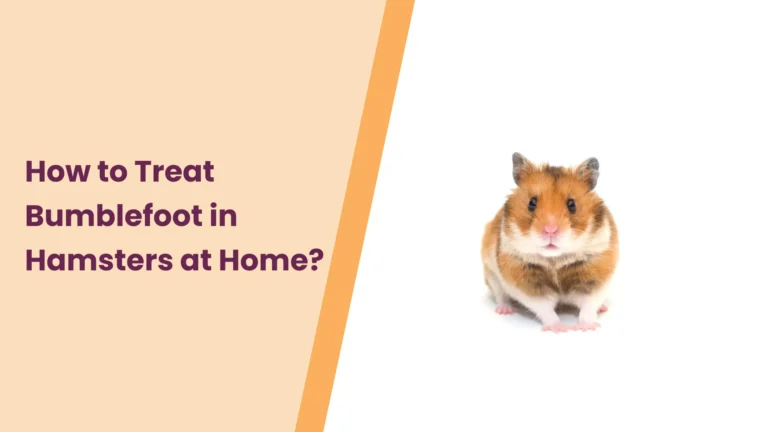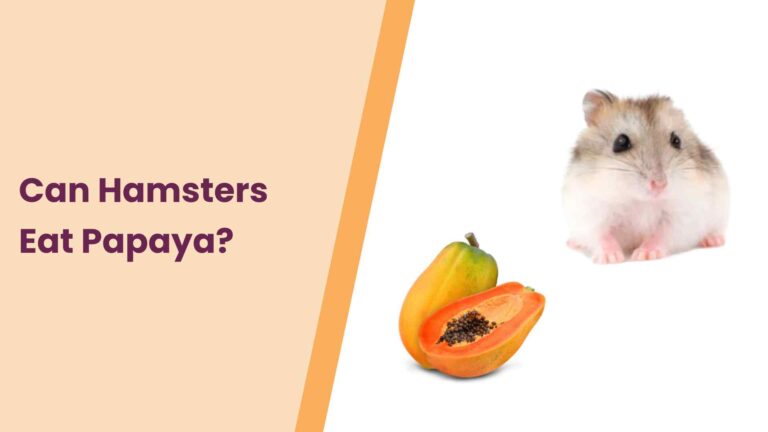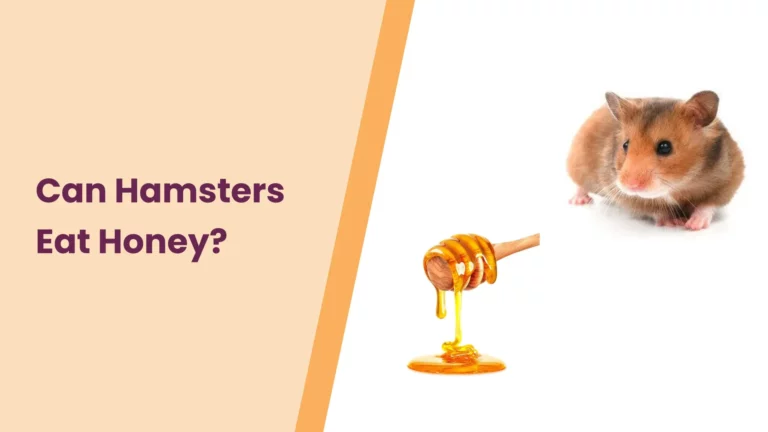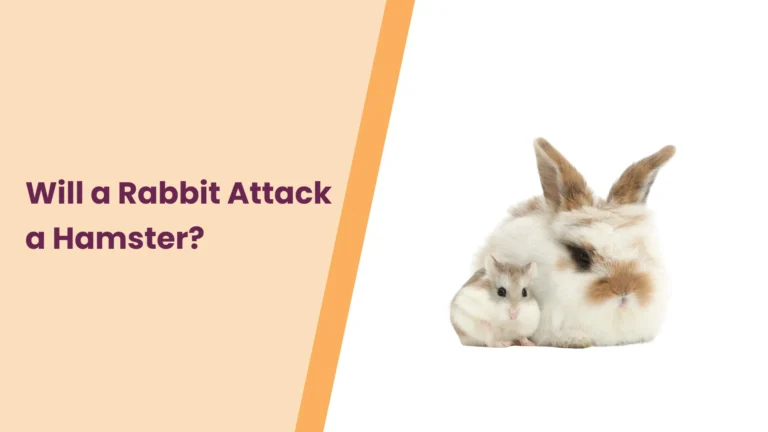Cushings Disease Hamster- All You Need To Know
Welcome, fellow hamster enthusiasts, to a critical discussion that touches the hearts of every responsible hamster parent Cushing’s disease in our beloved furry friends. As devoted caregivers, we understand that our hamsters are not just pets; they are cherished members of our families. However, just like any family member, they can face health challenges. Today, we delve into the complex world of Cushing’s disease in hamsters, aiming not only to unravel its mysteries but also to equip you with the knowledge and compassion needed to support your tiny companion through any health journey.
Join us on this informative exploration, where the well-being of your hamster takes center stage, and the quest for understanding becomes a path towards better care.
Signs and Symptoms: Deciphering Your Hamster’s Messages
Our furry friends are masters of conveying emotions in subtle ways, and when it comes to their health, they may communicate distress through various signs. Recognizing these signals is crucial in identifying potential health issues, including Cushing’s disease. Keep a keen eye on your hamster’s behavior and physical well-being. Here are some signs and symptoms to watch out for:
1] Increased Thirst and Urination:
Notice your hamster hitting the water bottle more frequently? Increased thirst and urination can be early indicators of Cushing’s disease. Pay attention to changes in their water consumption habits.
2] Unexplained Weight Gain:
Hamsters are petite creatures, so even slight changes in weight can be significant. If you observe unexplained weight gain, it could be a red flag for hormonal imbalances associated with Cushing’s disease.
3] Hair Loss and Skin Changes:
Our hamsters’ fur is not just adorable; it also reflects their overall health. Keep an eye out for patches of hair loss or changes in coat quality, as these could signal an underlying issue.
4] Behavioral Changes:
Hamsters are known for their distinct personalities. Any sudden alterations in behavior, such as increased aggression, lethargy, or changes in activity levels, could be indicative of an underlying health concern.
5] Enlarged Abdomen:
Cushing’s disease may lead to an enlarged abdomen in hamsters. Gently palpate your hamster’s belly during regular handling to detect any unusual swelling.
Remember, our hamsters may not speak our language, but they communicate volumes through their actions. By staying attuned to these subtle changes, you become your hamster’s health advocate. Early detection is the key to providing the best possible care.
Causes of Cushing’s Disease: Unraveling the Hormonal Tapestry
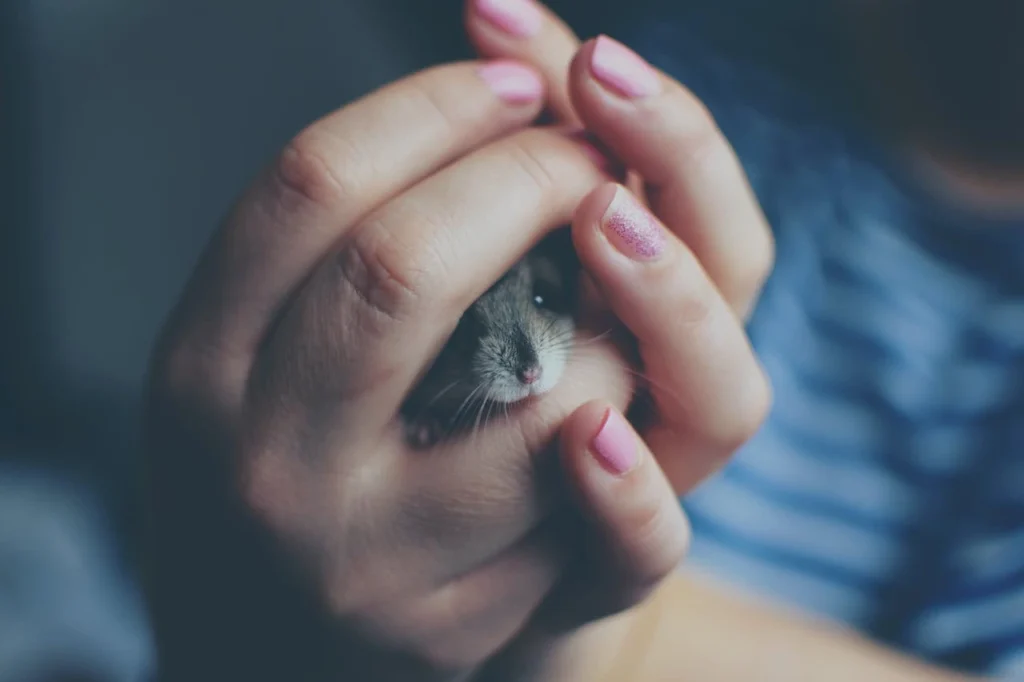
Understanding the intricate web of factors contributing to Cushing’s disease in hamsters is like deciphering a delicate tapestry. While these tiny creatures are resilient, various elements can disrupt their hormonal balance, paving the way for this challenging condition. Let’s untangle the threads:
1] Hormonal Imbalances:
At the heart of Cushing’s disease lies a disturbance in the delicate dance of hormones. Imbalances in cortisol, the stress hormone, can trigger a cascade effect, leading to a range of symptoms. This emphasizes the importance of stress reduction and a harmonious living environment.
2] Genetic Predisposition:
Genetics can play a role in a hamster’s susceptibility to Cushing’s disease. Some hamsters may be genetically predisposed to hormonal irregularities, making regular health monitoring especially crucial.
3] Age-related Factors:
Just like humans, hamsters can experience hormonal shifts with age. Senior hamsters may be more prone to Cushing’s disease, highlighting the need for attentive care and tailored health management in their golden years.
4] Environmental Stressors:
Hamsters are sensitive beings, and their well-being can be influenced by environmental factors. Changes in surroundings, sudden loud noises, or disruptions to their routine can contribute to stress, potentially triggering Cushing’s disease.
5] Dietary Influences:
A well-balanced diet is the cornerstone of a healthy hamster’s life. Imbalances in nutrients, such as an excess of certain foods, may contribute to hormonal disruptions. Ensure your hamster’s diet aligns with their specific nutritional needs.
Understanding these contributing factors empowers you as a hamster parent to create an environment that fosters hormonal harmony. By addressing potential triggers and maintaining a proactive approach to your hamster’s health, you play a crucial role in preventing and managing Cushing’s disease.
Diagnosing Cushing’s Disease: Navigating the Path to Clarity
As devoted hamster parents, we strive to provide the best care for our tiny companions. When it comes to health concerns like Cushing’s disease, accurate diagnosis lays the foundation for effective treatment. Let’s shed light on the diagnostic journey:
1] Professional Veterinary Assessment:
A hamster’s health is best entrusted to the expertise of a knowledgeable veterinarian. If you observe any concerning signs or symptoms, promptly seek professional guidance. Veterinarians specializing in exotic pets, including hamsters, possess the skills to conduct thorough examinations.
2] Clinical Observation:
Your veterinarian will keenly observe your hamster’s behavior, physical appearance, and any noticeable changes. This comprehensive assessment aids in identifying patterns and anomalies associated with Cushing’s disease.
3] Diagnostic Tests:
To unveil the mysteries within, your veterinarian may recommend specific tests. Blood tests can reveal hormonal imbalances, while imaging studies, such as X-rays or ultrasounds, provide insights into internal changes. These diagnostic tools are crucial in confirming or ruling out Cushing’s disease.
4] Consistent Monitoring:
Diagnosing Cushing’s disease may involve ongoing observation. Regular check-ups and follow-up appointments enable your veterinarian to track your hamster’s progress and adjust treatment plans accordingly.
5] Collaborative Care:
Your role as a hamster parent is pivotal. Communicate openly with your veterinarian, sharing observations and any changes in your hamster’s behavior or health. This collaboration ensures a holistic approach to care.
Remember, the path to a diagnosis may involve multiple steps, but each step brings us closer to clarity. By partnering with a veterinarian and remaining vigilant, you contribute significantly to your hamster’s well-being. Embrace the journey with compassion and determination, knowing that your dedication plays a crucial role in your hamster’s health story.
Treatment Options: Nurturing Your Hamster Back to Health
Discovering that your cherished hamster has been diagnosed with Cushing’s disease can be a challenging moment. However, with the right treatment and your unwavering care, there’s hope for a brighter, healthier future. Let’s explore the avenues available for managing Cushing’s disease in hamsters:
1] Medication:
Your veterinarian may prescribe medications to regulate hormonal imbalances. These medications play a crucial role in restoring equilibrium, alleviating symptoms, and enhancing your hamster’s overall well-being. Administer medications as directed, and observe your hamster’s response with care.
2] Dietary Modifications:
Nutrition is a powerful tool in the battle against Cushing’s disease. Work closely with your veterinarian to design a tailored diet that supports your hamster’s specific needs. A balanced and nutritious diet contributes to overall health and aids in managing the effects of the disease.
3] Stress Reduction Strategies:
Stress can exacerbate Cushing’s disease symptoms. Create a calm and secure environment for your hamster by minimizing sudden changes, providing a consistent routine, and offering a cozy, quiet retreat. These stress reduction strategies are integral to your hamster’s treatment plan.
4] Regular Veterinary Check-ups:
Ongoing veterinary care is essential in monitoring your hamster’s progress. Regular check-ups allow for adjustments to the treatment plan based on your hamster’s response to medication and changes in health status.
5] Comfort and Support:
Beyond medical interventions, your hamster benefits from your tender care and attention. Create a comfortable living space, ensure they have easy access to food and water, and engage in gentle interactions to boost their spirits.
Navigating the treatment landscape may feel overwhelming, but you are not alone in this journey. Your commitment to providing the best possible care for your hamster, coupled with the expertise of your veterinarian, forms a powerful alliance against Cushing’s disease.
Preventive Measures: Building a Shield of Wellness for Your Hamster
As devoted hamster parents, we understand that prevention is often the best medicine. While we can’t shield our furry friends from every challenge, there are proactive steps we can take to minimize the risk of Cushing’s disease and foster a foundation of well-being. Let’s explore these preventive measures:
1] Nutrition as a Cornerstone:
A well-balanced diet is a cornerstone of preventive care. Ensure your hamster’s diet is rich in essential nutrients and tailored to their specific needs. Consult with your veterinarian to create a nutrition plan that supports overall health and hormonal balance.
2] Stress-Reducing Environments:
Hamsters thrive in calm and secure environments. Minimize stressors by maintaining a consistent daily routine, providing a quiet and comfortable living space, and avoiding sudden changes. A stress-free environment goes a long way in preventing hormonal imbalances.
3] Regular Veterinary Check-ups:
Proactive healthcare involves regular check-ups with a veterinarian experienced in exotic pet care. Routine examinations enable early detection of potential issues and allow for preventive measures to be implemented before they escalate.
4] Environmental Comfort:
Ensure your hamster’s living space is comfortable and tailored to their needs. This includes providing suitable bedding, appropriate hideouts, and a well-maintained cage. A cozy and enriched environment contributes to overall well-being.
5] Hygiene and Cleanliness:
Maintain a clean living space for your hamster to prevent the onset of health issues. Regularly clean the cage, provide fresh bedding, and ensure access to clean water. Good hygiene practices are fundamental to preventing various health concerns.
6] Educate Yourself:
Knowledge is a powerful tool in hamster care. Stay informed about the specific needs of your hamster’s breed, common health issues, and preventive measures. Regularly updating your knowledge empowers you to make informed decisions regarding your hamster’s well-being.
By weaving these preventive measures into your hamster care routine, you create a shield of wellness around your tiny friend. Your dedication to their health and happiness is a testament to the strong bond you share. Together, let’s pave the way for a thriving and resilient hamster companion.
Supporting a Hamster with Cushing’s Disease: A Compassionate Guide
Discovering that your cherished hamster has Cushing’s disease can be an emotional journey, but with your love and attentive care, you can make a significant difference in their quality of life. Let’s delve into practical ways to provide unwavering support for your furry friend:
1] Create a Comfortable Haven:
Establish a cozy and secure space within the cage where your hamster can retreat. Soft bedding, familiar toys, and a quiet corner contribute to their overall comfort and well-being.
2] Gentle Interactions:
Approach your hamster with gentleness and patience. While they may be dealing with discomfort, your reassuring presence can provide solace. Engage in calm interactions, avoiding unnecessary stress.
3] Adjustment of Living Conditions:
Tailor the living environment to accommodate your hamster’s specific needs. Ensure easy access to food and water, and consider lowering platforms or ramps to accommodate any mobility challenges they may face.
4] Regular Health Monitoring:
Maintain a vigilant eye on your hamster’s health. Observe any changes in behavior, appetite, or physical condition. Promptly communicate any concerns to your veterinarian to address potential issues promptly.
5] Provide Nutrient-Rich Diet:
Collaborate with your veterinarian to design a diet that supports your hamster’s nutritional needs. A balanced and nutrient-rich diet contributes to their overall health and aids in managing the effects of Cushing’s disease.
6] Warmth and Comfort:
Ensure that your hamster stays warm, especially if they are experiencing hair loss. Provide extra bedding or a cozy hideout to help them regulate their body temperature comfortably.
7] Emotional Connection:
Though hamsters may not express emotions as overtly as some pets, they undoubtedly respond to love and care. Spend quality time with your hamster, offering a gentle touch and soothing words to strengthen your emotional bond.
Supporting a hamster with Cushing’s disease requires a delicate balance of medical care and emotional connection. Your role as a caring companion is invaluable, and your dedication to their well-being forms the bedrock of their resilience.
As you embark on this journey, remember that each day is an opportunity to share moments of joy and comfort with your hamster. Together, you navigate the path of support, creating a space where love and care thrive.
Conclusion
In the heartwarming tapestry of hamster care, the journey through Cushing’s disease unveils the strength of the bond we share with our tiny companions. As you navigate the challenges with resilience and compassion, remember that every small gesture of care makes a significant impact. Stay connected with your veterinarian, stay attuned to your hamster’s needs, and cherish the moments of joy you continue to create together.
Cushing’s disease may pose hurdles, but it is met with the unwavering dedication of hamster parents like you. Your commitment to providing a loving and supportive environment is a testament to the profound connection you share. Embrace each day as an opportunity to nurture and uplift your hamster, knowing that your efforts contribute to a life filled with comfort, care, and companionship. The journey may have its twists, but with your love as the guiding light, your hamster thrives, resilient and cherished.
Thank you for being the caring guardian your hamster needs. May your days be filled with the joy of hamster companionship, a journey adorned with love, and the shared warmth of a tiny friend who holds a big place in your heart.
“Hamster care is a collective journey, and your experiences, insights, and stories enrich the tapestry of knowledge we weave together. We invite you to share your thoughts, questions, or personal anecdotes in the comments below. Your unique perspective could provide comfort or guidance to fellow hamster enthusiasts facing similar challenges. Let’s create a supportive community where we learn from each other, celebrating the joys and overcoming the hurdles of hamster companionship.
Feel free to share this post on your favorite platforms, spreading the love for hamster care and inviting others to join our community. Together, we can make a difference in the lives of our tiny friends and create a space where hamster parents connect, share, and grow. Your engagement is not just welcomed; it’s cherished.”– HamsterPit

